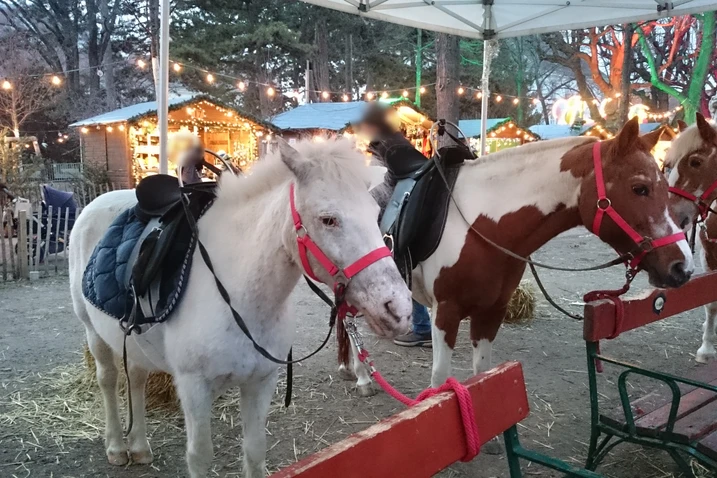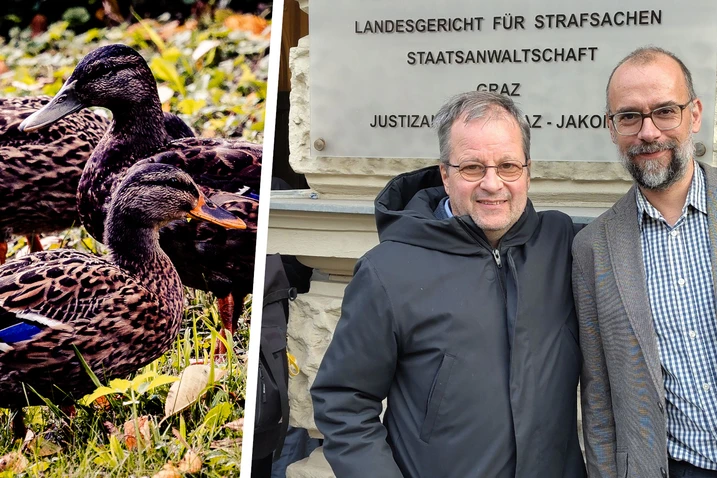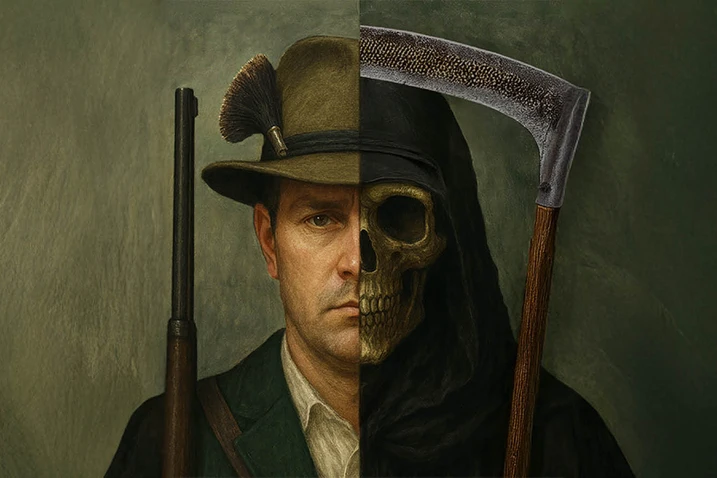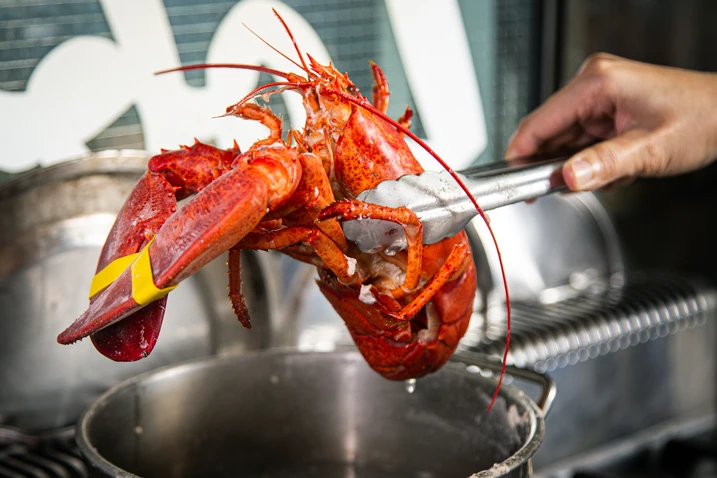Hinweis: Der Inhalt dieses Beitrags in Wort und Bild basiert auf der Faktenlage zum Zeitpunkt der Erstveröffentlichung (23.04.2002)
23.04.2002
anlässlich des 1. Geburtstag des Elefanten-Babys Abu
Wien, Cafe Landtmann, am 23. April 2002
es sprachen:
- Prof. Dr. Julian Bauer, Elefanten-Experte - ECO² TERRA Intl.
- Jürgen Faulmann, Verein gegen Tierfabriken – VGT
- Elisabeth Dravecz, For Animals
- Marion Löcker, Verein gegen Tierfabriken – VGT
- Sylvia Summerer, Int. Bund der Tierversuchsgegner - IBT
Informationen und Stellungnahmen
- "Wildtierzoo - Zuchthaus der traurigen Sklaven", Stellungnahme der österr. Tierschutzvereine VGT, IBT, For Animals und Prof. Dr. Bauer
- Deklaration des "Amboseli Elephant Research Project" zur Elefantenhaltung in Zirkussen
- Cynthia Moss, eine der führenden Elefantenforscherinnen, über Elefantenforschung
Wildtierzoo – Zuchthaus der traurigen Sklaven
Elefantenkind Abu im Schönbrunner Zoo ein Jahr
alt!
Tierrechtsorganisationen gegen Wildtiere in Gefangenschaft
Prof. Dr. Bauer und die Tierrechtsorganisationen "Internationaler Bund der Tierversuchsgegner", "For Animals" und "Verein gegen Tierfabriken" sprechen sich generell gegen die Haltung von Wildtieren in Gefangenschaft aus - gegen Nachzucht und Wildfänge. Bereits bestehende Zoos sollten lediglich nur mehr als Auffangstationen für beschlagnahmte Wildtiere aus Privat- oder Zirkushaltung dienen, da Wildtiere in Zirkus-Unternehmen ohnehin ab dem Jahr 2005 in Österreich verboten sind.
Am 25.April 2002 wird das Elefantenkind Abu 1 Jahr alt, gezeugt durch künstliche Besamung, weil der Zuchtbulle in Schönbrunn damals noch zu jung war - man in Schönbrunn aber schleunigst auf Nachwuchs aus war. Natürlich sind Elefanten-Babys Publikumsmagneten. Mittlerweile wird auch der Bulle Vater - auch Schönbrunn ist eben nur ein Zuchthaus, das seine Insassen um jeden Preis zu vermehren sucht. Auch der kleine Abu ist bereits verplant im Schönbrunner Zuchtprogramm.
Dr. Daphne Sheldrik, die weltberühmte Elefanten-Expertin, zu Sinnhaftigkeit von Zuchtprogrammen in Zoos: "Völliger Schwachsinn, denn erstens sind Zoos keine Orte in denen Elefanten leben und sich wohlfühlen können und das 'Überleben' eines Elefantenbestandes in einem Zoo mit Hilfe der künstlichen Befruchtung zu erzielen ist nicht nur ein Anachronismus sondern auch Tierquälerei, denn die meisten in Gefangenschaft geborenen Elefanten-Babies werden von ihren Müttern, die sehr wohl wissen, dass auch ein Zoo kein Platz für einen Elefanten ist, getötet. Das Ele-Baby muss in einem Zoo normalerweise sofort nach der Geburt von der Mutter getrennt und künstlich aufgezogen werden, um sein Überleben überhaupt sicherzustellen, während die Mutter unter ständiger Sedierung in einem separaten Gehege und in ihrem eigenen Trauma gefangengehalten wird."
Die Tierrechtsorganisationen haben Prof. Dr. Julian Bauer, den mit seinen Elefantenschutz-Programmen in afrikanischen Kriegs- und Krisengebieten bekannt gewordene Tropen-Ökologe direkt aus Afrika eingeladen. Prof. Bauer:" Die künstliche Besamung von Elefanten in Zoo, Zirkus oder hinter Zaun ist eine staatlich sanktionierte und vom Veterinär begangene Vergewaltigung eines versklavten Tieres, einem zusätzlich unter Ausnutzung der Unwissenheit der Zoo-Besucher aus den niedrigen Beweggründen der Geld- und Raffgier sowie pseudo-wissenschaftlicher Geltungssucht begangenen Verbrechen für das es keine Rechtfertigung gibt. Statt die Elefanten in freier Wildbahn und diese Lebensräume mit allen Mitteln zu schützen, werden nach wie vor Elefanten für die Gefangenschaftshaltung gefangen, können aber niemals artgerecht gehalten werden und werden dann noch künstlich vermehrt. Die Versklavung der Tiere wie die der Menschen muss enden."
Prof. Bauer: "Aber auch die Zoo-Besucher sind aufgerufen ihr Verhalten zu überdenken, denn nur solange es noch Menschen gibt, die sogar dafür bezahlen ein in Gefangenschaft gehaltenes Wildtier zu begaffen, wird es diese Wildtier-Quäl-Stationen und ihre meist selbst verhaltensgestörten Betreiber geben können."
Interessantes Detail: Der Kurier vom 22.4.02 schreibt, dass der kleine Elefant in Schönbrunn ab nächster Woche regelmäßig mit Bambusstöcken "erzogen" und zeitweilig angekettet werden soll.
Deklaration des "Amboseli Elephant Research Project" zur Elefantenhaltung in Zirkussen
Ecoterra Intl. möchte die Vertreter der Medien über untenstehende Deklaration des "Amboseli Elephant Research Project" informieren.
Deklarationstext im englischen Original
DEKLARATION
Die Unterzeichner sind eine Gruppe von Elefanten-Forschern, die zusammenarbeitet um Elefanten zu studieren und ihren Schutz sowie ihr Wohlergehen zu fördern. Unsere Erfahrung umfasst zusammengenommen mehr als 200 Jahre Forschungsarbeit mit wildlebenden Elefanten in freier Wildbahn. Wir sind die anerkannten, führenden Fachleute auf diesem Gebiet.
Es ist unsere eindeutige Meinung, dass Elefanten nicht in Zirkusunternehmen genutzt werden sollten. Elefanten in freier Wildbahn ziehen über weite Strecken und legen täglich beträchtliche Entfernungen zurück. Sie sind intelligente, sehr soziale Tiere mit einem komplexen Kommunikations-System. Es gibt keine Art einer Gefangenschafts-Haltung, welche den Elefanten den Raum gewähren kann, den sie für ihre Bewegung brauchen oder der ihnen die Art der sozialen Stimulation oder Eindruckvielfalt bietet, die sie in freier Wildbahn erfahren. Eine Elefanten Familie in freier Wildbahn zu beobachten ist ein großartiges Erlebnis. Angeführt vom ältesten weiblichen Tier – der Matriarchin – ist die Familie durch Verwandtschaft, enge Beziehung, große Treue und Freundschaft in ihren Beziehungen untereinander fest verbunden.
Elefanten in Zirkusunternehmen werden gefangen gehalten und sind stundenlang angekettet, werden gekauft und verkauft, werden von ihren Lebensgefährten getrennt und häufig herumtransportiert. Kurzum sie werden als Objekte zur Befriedigung menschlicher Kurzweil behandelt.
Wir sind der Auffassung, dass solche intelligenten, sozial komplexen und lang lebenden Tiere mit Respekt und Verständnis behandelt werden müssen. Der einzig richtige Aufenthaltsort für einen Elefanten ist in der freien Wildbahn zusammen mit seinen Verwandten und Artgenossen. Die für einen gefangenen Elefanten völlig unnatürliche Existenz in einem Zirkus ist eine Travestie und die Fortsetzung einer solchen Praxis zu erlauben ist ungerechtfertigt und unethisch.
gezeichnet: The Amboseli Elephant Research Project
| Unterzeichnende | Erfahrung mit Elefanten |
| Cynthia Moss, Direktor | 33 Jahre |
| MitunterzeichnerInnen | |
| Sandy J. Andelman | 5 Jahre |
| Julian Bauer | 24 Jahre |
| Harvey Croze | 33 Jahre |
| Iain Douglas-Hamilton | 36 Jahre |
| Phyllis C. Lee | 19 Jahre |
| W. Keith Lindsay | 25 Jahre |
| Hamisi Mutinda | 11 Jahre |
| Joyce H. Poole | 26 Jahre |
| Soila Sayialel | 14 Jahre |
Cynthia Moss, eine der führenden Elefantenforscherinnen, über Elefantenforschung
Aus Anlaß der Pressekonferenz möchte Ecoterra Intl. den Vertretern der Medien gerne einige Hintergrundinformationen und Gedanken zur „Elefantenforschung“ darlegen, die von einer der bekanntesten Elefanten-Forscherinnen vor einem Jahr hier in Wien in einem Symposium dargelegt wurden.
Gesamter Redebeitrag im englischen Original
Übersetzter Auszug aus der Rede (Schlussfolgerung)
Damals in den 60er Jahren, als einige von uns ihre Forschungen begannen, dachten wir nicht so sehr über die Ethik dessen was wir taten nach. Ich erinnere mich daran, dass ich eine bestimmte Arbeit las, die mich sehr aufregte. Ein Wissenschaftler, der damals in Uganda arbeitete, war an der Reproduktionsbiologie der Elefanten interessiert und er verfasste einen Bericht über einen bestimmten weiblichen Elefanten. Er stellte fest das diese Elefantin in Hitze gekommen war und er folgte ihr und ihrem zweieinhalbjährigen Kalb über zwei Tage, in denen er all ihr Verhalten aufzeichnete. Am Ende der zwei Tage erschoss er sie und nahm ihr Eierstöcke und den Uterus und untersuchte diese. In der daraus folgenden Veröffentlichung sagte er aber nichts darüber, was aus dem Kalb wurde. Doch genau dieser Mann ist ein äußerst ethischer Mann. Er war es seinerzeit wohl ebenfalls aber er ist es heute ganz besonders, und ich zolle ihm und seiner Forschung höchsten Respekt. Doch es war eine andere Zeit damals. Er dachte nicht nach; Ich dachte nicht nach. Ich wusste in meinem Herzen dass da etwas völlig falsch war in dem was er getan hatte, aber ich konnte nicht ausdrücken in welcher Weise es selbst damals einfach falsch war. Heute kann ich es ausdrücken und ich meine die Verantwort und Verpflichtung zu haben eindeutig zu sagen, was und was nicht mit den Elefanten gemacht werden kann. Dies wird dazu führen dass ich mir einige Feinde schaffe, aber ich habe keine Angst. Wissen Sie, das ist einer der Vorteile alt und schrullig zu werden. Sie können (dann) Sachen sagen die andere Leute nicht glücklich machen.
Wie auch immer, ich denke, dass niemand, so wie ich, 30 Jahre mit der Beobachtung von Elefanten verbringen kann, und dabei zusehen kann wie Babies geboren wurden, wie sie heranwachsen und ihre eigenen Kinder haben, zu sehen wie Elefanten in völliger Freiheit im Amboseli leben und wie sie sich einfach all der guten Dinge des Lebens erfreuen – und sei es nur zu sehen wie sie albern oder ungestüm über eine Bodensenke rennen oder Schlammschlachten veranstalten. Sie können nicht einen wilden Elefanten in seiner natürlichen Umgebung bei dem beobachten, was wilde Elefanten eben so tun, und dann meinen nicht die Verpflichtung zu haben etwas darüber, wie Elefanten behandelt werden sollen, zu sagen.
Ich habe keine Angst zu sagen, dass Elefanten hochintelligent sind und dass sie vielschichtige und tiefe Empfindungen haben. Wir waren immer so vorsichtig mit dem was wir sagten und wollten nichts „vermenschlichen“, aber ich denke dass wir uns jetzt über diesen Stand hinausentwickelt haben. Elefanten haben bemerkenswert starke Beziehungen miteinander und diese werden an ihren Interaktionen deutlich, welche ihre starke Empfindungsfähigkeit erkennen lassen. Nachdem wir dies wissen, müssen wir endlich ernsthaft damit beginnen über das Wohl der Elefanten und vielleicht sogar über die Rechte der Elefanten nachdenken. Ich weiß dass dies nicht sehr populär ist, aber ich möchte gerne einige Änderungen in unserem Verhalten den Elefanten gegenüber und hauptsächlich in unseren Rechtfertigungen dazu sehen.
Ich höre immer: “es ist schon ok diesem oder jenem Elefanten eine bestimmte schmerzvolle Sache zuzufügen, weil es gut für die Wissenschaft ist; es ist schon ok diesen oder jenen Elefanten zu stören weil es für die Ausbildung von Menschen wichtig ist; es ist schon ok Elefanten in Gefangenschaft zu halten und über sie zu bestimmen, weil es der Unterhaltung dient oder weil es den Leuten Freude macht. Aber keines dieser Argumente kann für mich eine Geltung oder Gültigkeit haben. Ich werde nicht mehr länger hinnehmen, dass man solches weiterhin sagen kann. Ich werde damit jetzt an die Öffentlichkeit gehen und dafür kämpfen. Daher sollten einige von Ihnen da draußen gewarnt sein. Denn das wird es sein, dem ich den Rest meines Lebens widmen werde, sicherzustellen dass Elefanten mit Respekt und Würde behandelt werden.
Ich möchte dass Sie alle, Feldforscher wie auch Halter, darüber nachdenken, was Sie eigentlich tun. Ich sage nicht das der eine gut und der andere schlecht ist. Ich möchte einfach nur dass Sie darüber nachdenken, was Sie eigentlich tun und dass Sie sich selbst jedes Mal diese Fragen stellen, wenn Sie etwas tun, dass für einen Elefanten einen Eingriff, eine Störung, Dis-Stress oder Schmerzen bedeutet. Ist es wirklich notwendig? Und überprüfen Sie Ihre Begründung wirklich; sagen Sie nicht einfach „oh es ist doch gut für die Ausbildung“ oder „oh es ist gut für den Artenschutz“, nehmen Sie das was Sie tun genau unter die Lupe. Ich denke dass wir uns viel zu oft erlauben diese erprobten und wahren Begründungen zu benutzen, die ich selbst nicht mehr für erprobt und wahr halte.
Daher fordere ich eine Art Elefantenschutz Carta , die bestimmt was wir den Elefanten antun können und was nicht, und was die Lebensrechte der Elefanten sind. Ich bitte Sie mir zu helfen, denn ich glaube das dies die Zuhörerschaft ist, die mir helfen kann. Ich weiß, dass auch Ihnen Allen die Elefanten am Herzen liegen und daher bitte ich Sie um die Unterstützung meiner Kampagne für die ethische und rücksichtsvolle Behandlung der Elefanten. Ich möchte dass Sie sich für die Elefanten einsetzen.
Cynthia Moss
Nairobi
Originaltext der Deklaration des "Amboseli Elephant Research Project"
Zur deutschen Übersetzung dieses Textes
Ecoterra Intl. wants to inform you about the following declaration of the "Amboseli Elephant Research Project":
Amboseli Elephant Research Project
P.O. Box 15135
Langata
Nairobi, Kenya
Tel. +254 2 89178;
Fax +254 2 890884
Declaration
To Whom It May Concern
We, the undersigned, form a group of elephant researchers working together to study elephants and promote their conservation and welfare. Our combined experience represents over 200 years of work with free-ranging, wild African elephants. We are the acknowledged leading experts in the field.
It is our considered opinion that elephants should not be used in circuses. Elephants in the wild roam over large areas and move considerable distances each day. They are intelligent, highly social animals with a complex system of communication. No captive situation can provide elephants with the space they need for movement or with the kind of social stimulation and complexity that they would experience in the wild. To watch an elephant family in the wild is a glorious experience. Led by the oldest female--the matriarch--the family is bonded by kinship, affiliation, experience, great loyalty and affection. Elephants in circuses are confined and chained for hours, are bought and sold, separated from companions, and frequently moved about. In short they are treated as objects of entertainment for humans.
We believe that such intelligent, socially complex and long-lived animals should be treated with respect and empathy. An elephant’s place is in the wild with its relatives and companions. The totally unnatural existence for captive elephants in a circus is a travesty and to allow this practice to continue is unjustified and unethical.
| The Amboseli Elephant Research Project | Elephant Experience |
| Cynthia Moss, Director | 33 years |
| Sandy J. Andelman | 5 years |
| Julian Bauer | 24 years |
| Harvey Croze | 33 years |
| Iain Douglas-Hamilton | 36 years |
| Phyllis C. Lee | 19 years |
| W. Keith Lindsay | 25 years |
| Hamisi Mutinda | 11 years |
| Joyce H. Poole | 26 years |
| Soila Sayialel | 14 years |
ECOTERRA Intl.
http://www.ecoterra.de
http://www.ecoterra.net
NAIROBI NODE
KENYA
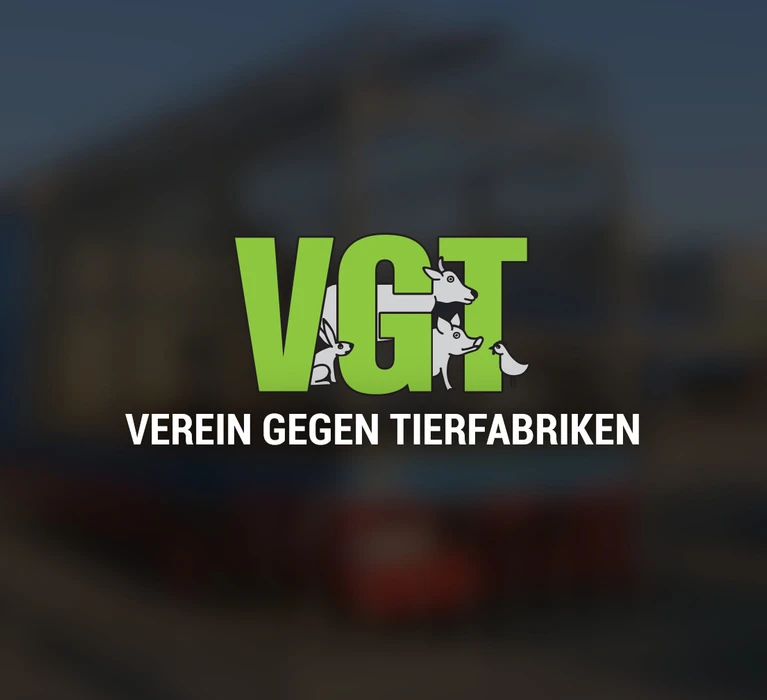


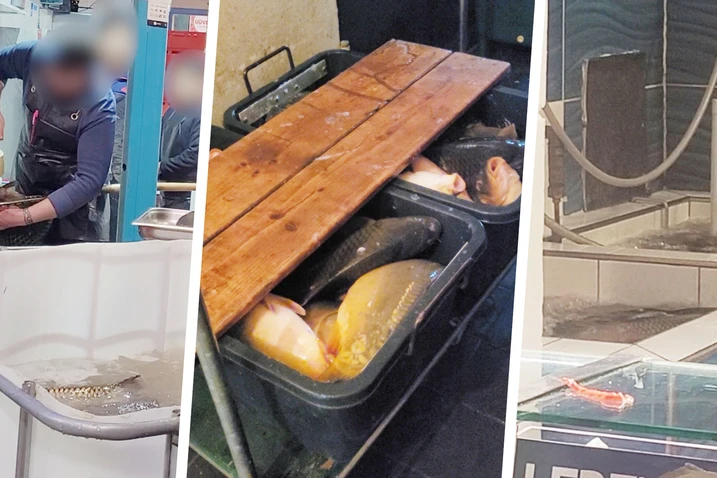
_Link_26562_1_f7fc3ddad857c5ec091e45c237463fbf.webp)
